| Product Name | Cyclic GMP CLIA Kit (High-Sensitivity) (Discontinued) |
| Description |
Chemiluminescent detection of cGMP |
| Species Reactivity | Species Independent |
| Platform | Microplate |
| Sample Types | Cell lysates, EDTA Plasma, Saliva, Tissue, Tissue Culture Media, Urine |
| Detection Method | Chemiluminescent Assay |
| Assay Type | Direct CLIA (Chemiluminescent Immunoassay) |
| Utility | CLIA kit used to measure cGMP present in samples. |
| Sensitivity | 0.034 pmol/ml |
| Assay Range | Regular: 0.0469 - 3 pmol/ml. Acetylated: 0.03125 - 1 pmol/ml |
| Precision | Intra Assay Precision (Regular): Two human urine samples were diluted with Sample Diluent and run in replicates of 22 in an assay. The mean and precision of the calculated cGMP concentrations were: Sample 1- 0.053 pmol/mL, 10.6% CV Sample 2- 0.225 pmol/mL, 11.8% CV Intra Assay Precision (Acetylated): Two human urine samples were diluted with Sample Diluent, acetylated and run in replicates of twenty-two in an assay. The mean and precision of the calculated cGMP concentrations were: Sample 1- 0.032 pmol/mL, 8.9% CV Sample 2- 0.018 pmol/mL, 8.3% CV Inter Assay Precision (Regular): Two human urine samples were diluted with Sample Diluent and run in duplicates in fourteen assays run over multiple days by four operators. The mean and precision of the calculated cGMP concentrations were: Sample 1- 0.213 pmol/mL, 14.9% CV Sample 2- 0.083 pmol/mL, 18.0% CV Inter Assay Precision (Acetylated): Two human urine sample weres diluted with Sample Diluent, acetylated and run in duplicates in eight assays run over multiple days by four operators. The mean and precision of the calculated cGMP concentrations were: Sample 1- 0.07 pmol/mL,15.1% CV Sample 2- 0.04 pmol/mL, 15.1% CV |
| Number of Samples | 39 samples in duplicate |
| Other Resources | Kit Booklet , MSDS , Saliva Sample Handling Instructions |
| Field of Use | Not for use in humans. Not for use in diagnostics or therapeutics. For in vitro research use only. |
Properties
| Storage Temperature | 4ºC | ||||||||||||||||||||||||||||||||||||||||||
| Shipping Temperature | Blue Ice | ||||||||||||||||||||||||||||||||||||||||||
| Assay Overview | The Cyclic GMP (cGMP) CLIA (High-Sensitivity) kit is designed to quantitatively measure cGMP present in lysed cells, EDTA plasma, urine, saliva and tissue culture media samples. For samples where the levels of cGMP are expected to be relatively high, the regular format for the assay can be used. For samples with expected low levels of cGMP, an optional acetylation protocol can be used. The kit is unique in that all samples and standards are diluted into an acidic Sample Diluent, which contains special additives and stabilizers, for cGMP measurement. This allows plasma, urine and saliva samples to be read in an identical manner to lysed cells. Acidified samples of cGMP are stable and endogenous phosphodiesterases are inactivated in the Sample Diluent. A cGMP standard is provided to generate a standard curve for the assay and all samples should be read off the standard curve. A white microtiter plate coated with an antibody to capture mouse IgG is provided and a neutralizing Plate Primer solution is added to all the used wells. Standards or diluted samples, either with or without acetylation, are pipetted into the primed wells. A cGMP-peroxidase conjugate is added to the standards and samples in the wells. The binding reaction is initiated by the addition of a mouse monoclonal antibody to cGMP to each well. After an overnight incubation at 4°C, the plate is washed and the chemiluminescent substrate is added. The substrate reacts with the bound cGMP-peroxidase conjugate to produce light The generated light is detected in a microtiter plate reader capable of reading luminescence. The concentration of the cGMP in the sample is calculated, after making suitable correction for the dilution of the sample, using software available with most plate readers. | ||||||||||||||||||||||||||||||||||||||||||
| Kit Overview |
|
||||||||||||||||||||||||||||||||||||||||||
| Cite This Product | Cyclic GMP CLIA Kit (High-Sensitivity) (StressMarq Biosciences Inc., Victoria BC CANADA, Catalog # SKT-210) |
Biological Description
| Alternative Names | cGMP; 3',5'-cyclic GMP CLIA Kit, Guanosine cyclic monophosphate CLIA Kit, Cyclic 3',5'-GMP; Guanosine 3',5'-cyclic phosphate CLIA Kit |
| Research Areas | Cell Signaling, Neuroscience |
| Scientific Background |
Guanosine 3’, 5’-cyclic monophosphate (cyclic GMP; cGMP) is a critical and multifunctional second messenger present at levels typically 10-100 fold lower than cAMP in most tissues. Intracellular cGMP is formed by the action of the enzyme guanylate cyclase on GTP and degraded through phosphodiesterase hydrolysis (1-3). Guanylate cyclases (GC) are either soluble or membrane bound (3,4). Soluble GCs are nitric oxide responsive, whereas membrane bound GCs respond to hormones such as acetylcholine, insulin and oxytocin. Other chemicals like serotonin and histamine also cause an increase in cGMP levels (5,6). Cyclic GMP regulates cellular composition through cGMP-dependent kinase, cGMP-dependent ion channels or transporters, and through its hydrolytic degradation by phosphodiesterase (1,7) |
| References |
1. Domek-Lopacinska, K. and Strosznajder, JB. (2005) J Physiol Pharmacol 56 Suppl 2, 15-34. 2. Lucas, K.A. et al. (2000) Pharmacol Rev 52: 375-414. 3. Ashman, DF., et al. (1963) , Biochem Biophys Res Comm, 11: 330-4. 4. Potter LR, Abbey-Hosch S, and Dickey DM. (2006) Endocr Rev 27: 47-72. 5. Waldman, SA and Murad, F. (1987) Pharmacol Revs, 39: 163-197. 6. Tremblay J, Gerzer R, and Hamet P. (1988) , Adv. 2nd Messanger & Phosphoprotein Res., 22: 319-383. 7. Matsumoto T, Kobayashi T, and Kamata K. (2003) J Smooth Muscle Res 39: 67-86. |

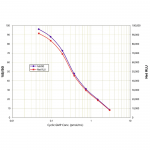
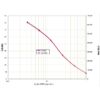
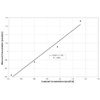
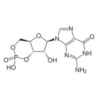
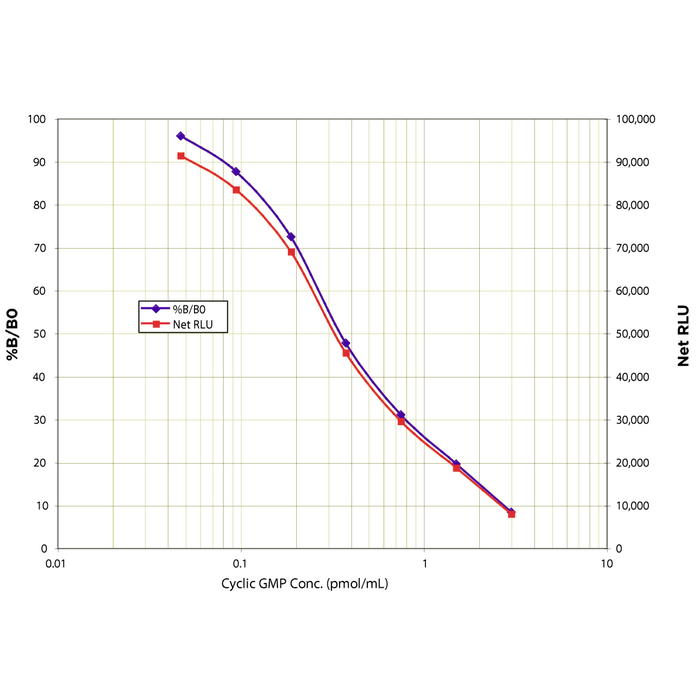

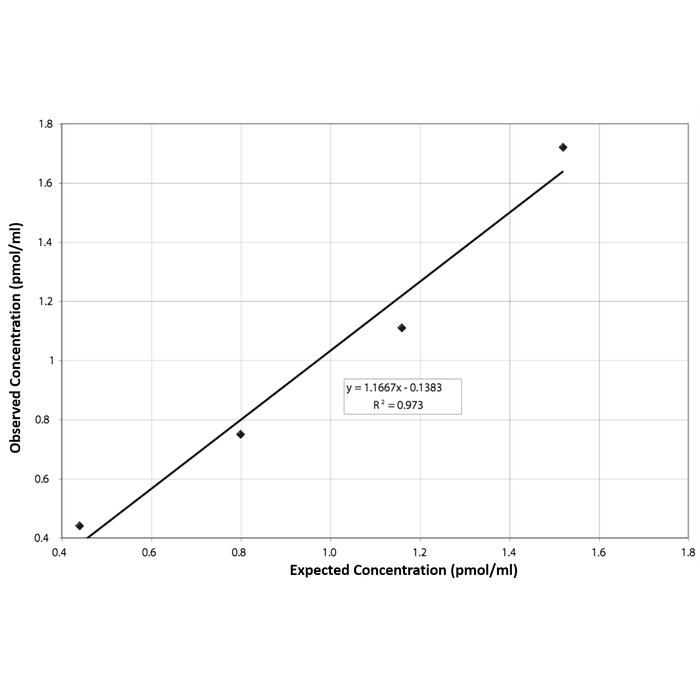

Reviews
There are no reviews yet.